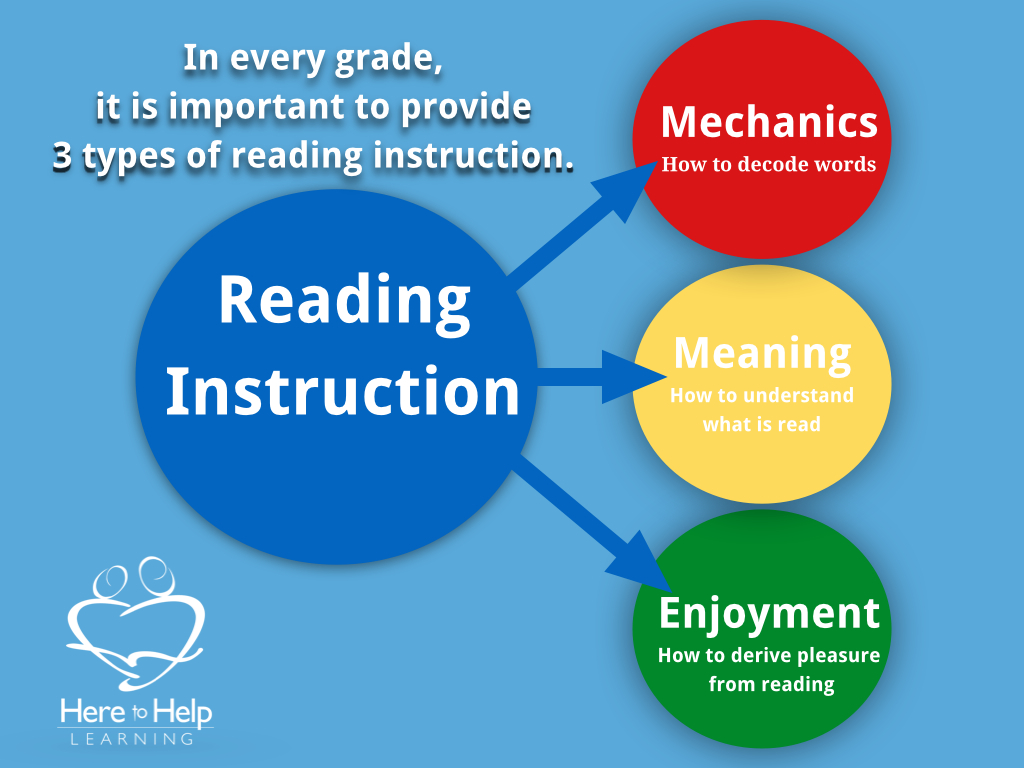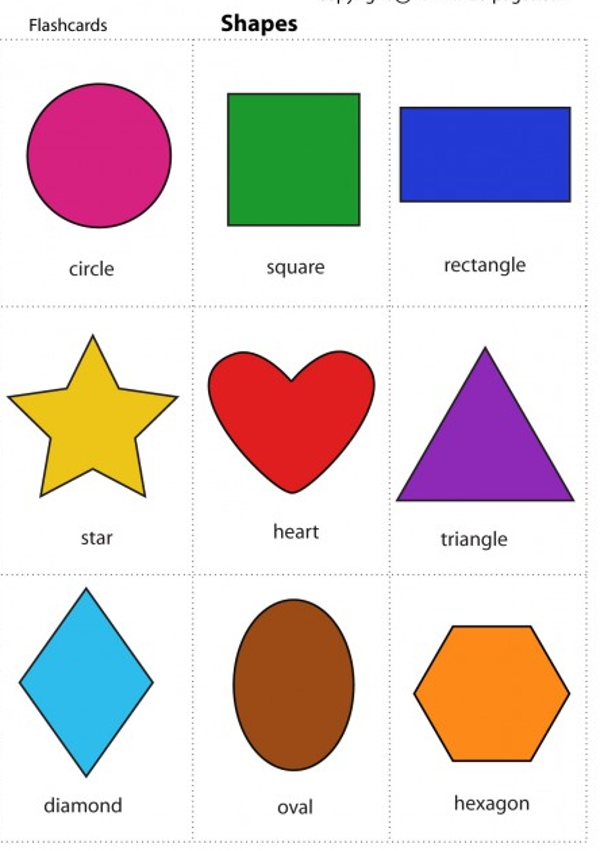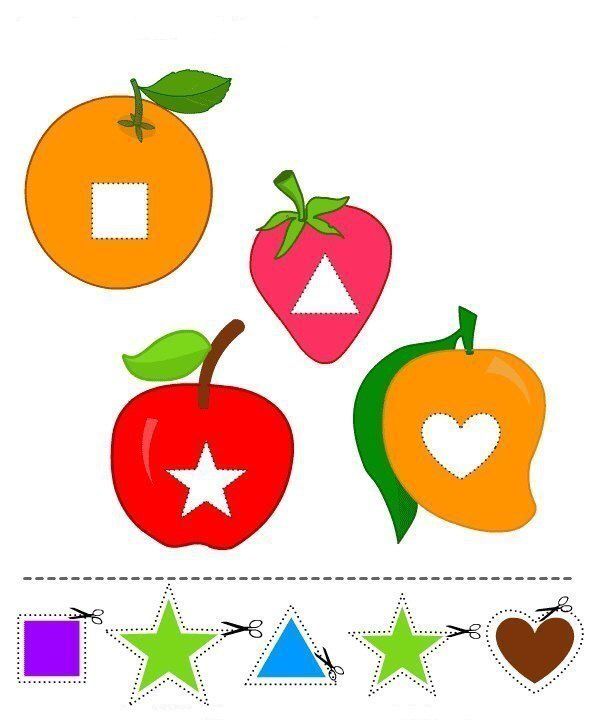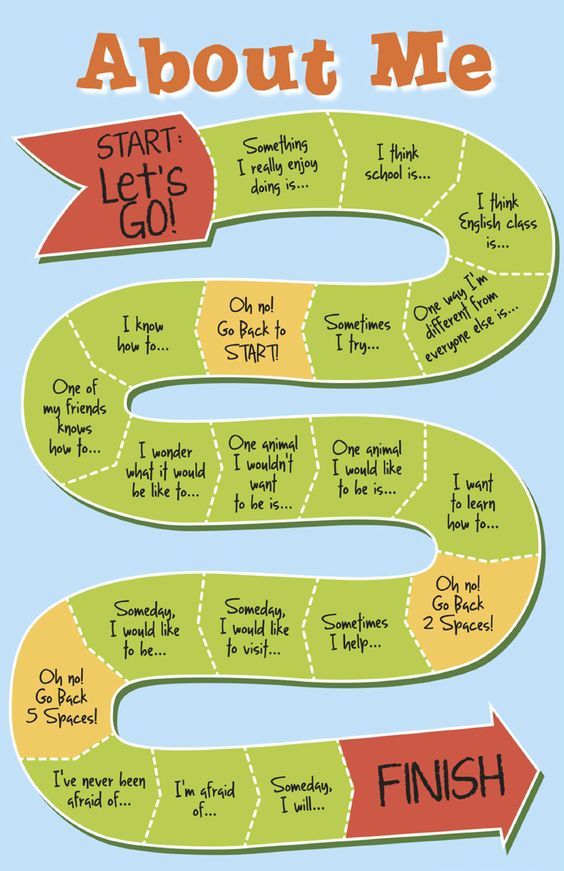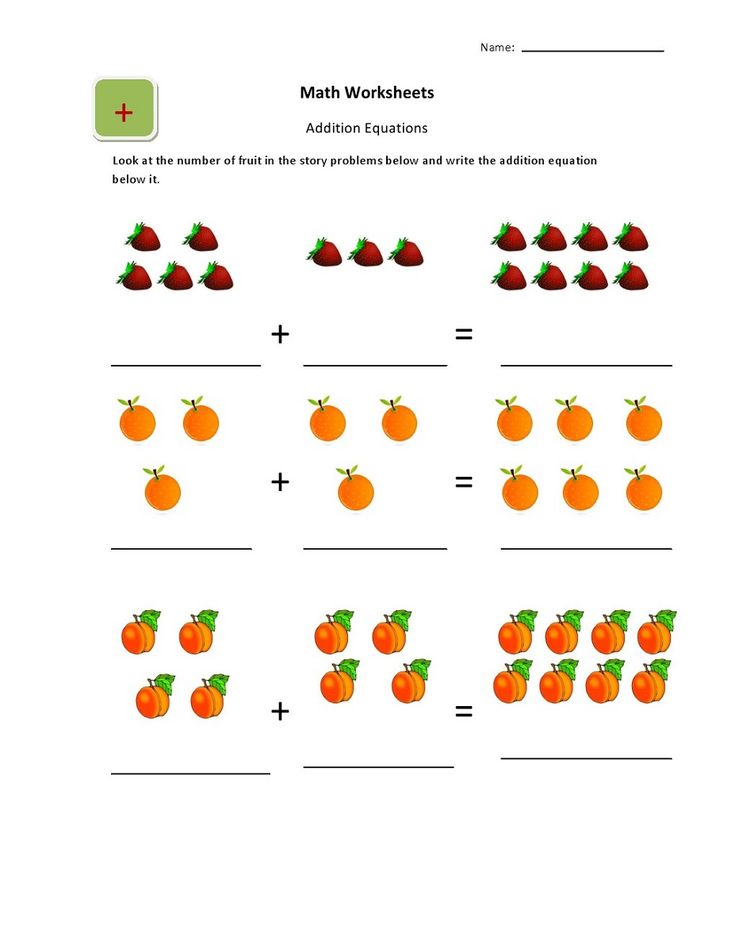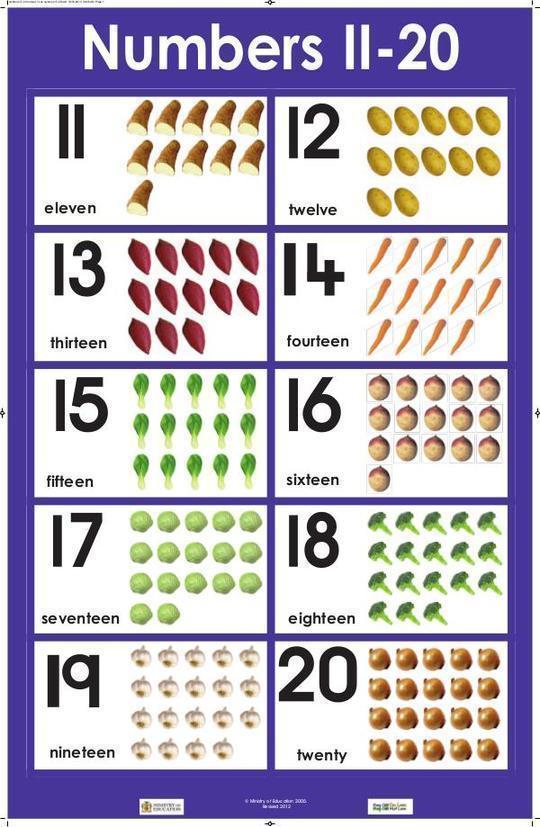Reading strategies for parents to use at home
Parent Strategies for Improving Their Child’s Reading and Writing
Family time is learning time. Did you know that kids learn most of their vocabulary outside of school, through conversations with family and friends? Or that drawing pictures during play time lays the foundation for reading and writing, even for the youngest of learners?
Families have always been an active part of the teaching and learning process, and they have become even more crucial during the pandemic.
The following research-based ideas are intended to be manageable, interactive activities you and your child can engage in to help develop their reading and writing skills, motivation, and confidence. Some of these strategies target specific age groups or grade levels, while others apply to kids of all ages. You’ll see them categorized accordingly. Try out two or three of them and make them a part of your family’s other important routines, like brushing teeth.
General reading and writing improvement strategies that will help kids of all ages
No matter your kid’s age, several factors influence their reading and writing growth, including attitude, motivation, access, and exposure. Think of the following strategies as tips for developing internalized mindsets, behaviors, and habits.
Model good habits by reading and writing in front of your child
Adults’ attitudes toward reading and writing influence children’s perception of the value of these skills. Having your child observe you while reading a book or magazine and while writing a thank you note or email to a friend helps to establish a recognition that reading and writing are useful and positive parts of everyday life.
Find out what your kid is interested in and get as many texts as possible related to that topic.
Be sure to explain why you are reading and writing to your child. For example, to learn about a topic you are interested in or to entertain yourself with a funny story or to thank someone for their kindness. Kids need to understand the value and purpose of the actions of reading and writing; knowing the why helps them be more motivated to read and write themselves.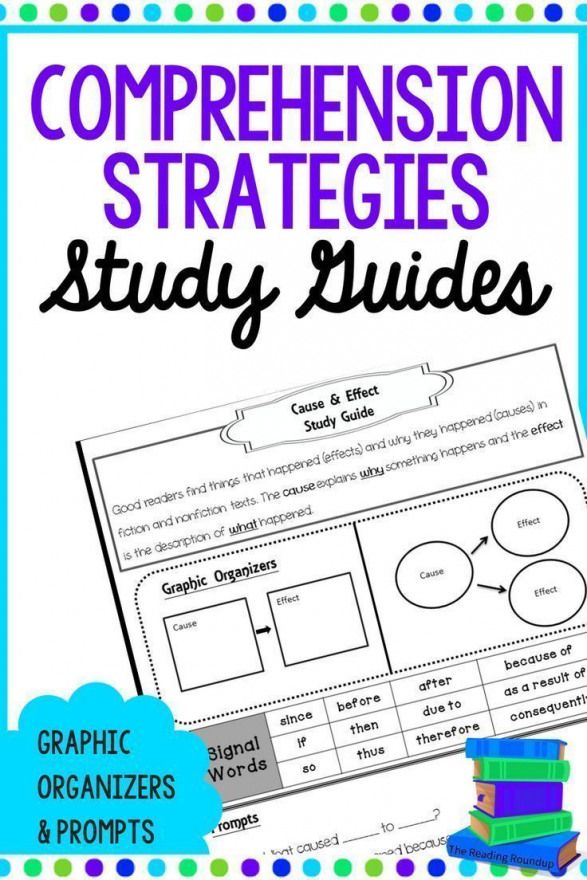
Make reading materials—ones they will truly care about—readily available for your child
Kids’ threshold for boredom has appeared to lower in recent decades, particularly with today’s access to social media and video streaming. If we want kids to engage in reading and writing, we need to make it the most attractive activity for them. Kids are more likely to read when they see the value in it, such as building their knowledge about something they find interesting.
Find out what your kid is interested in and get as many texts as possible related to that topic. These can be books, graphic novels, magazines, or online digital texts. You don’t need to spend a small fortune, either. Your local library or your child’s school library probably have plenty of options to choose from.
Remember, too, that while reading on grade level is important, so is reading a large volume of text and reading for pleasure. Some texts may be below grade level for your child, and that’s okay.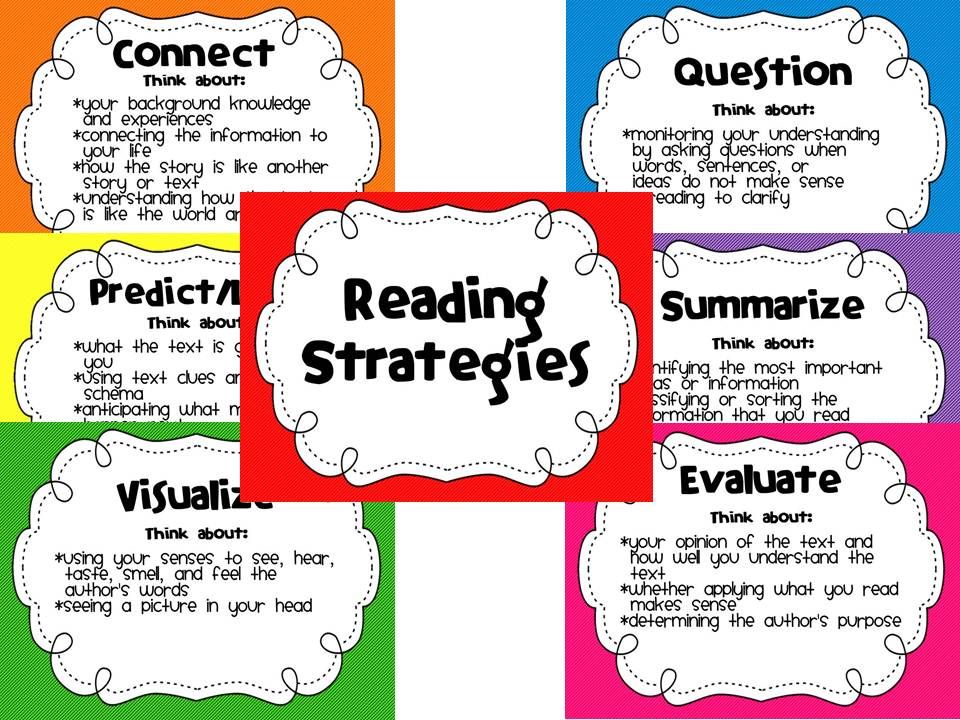 Some might be above grade level. If a kid is interested in a topic, they’re more likely to engage with a challenging text on that topic. Plus, a text that’s above grade level provides a nice opportunity for joint reading with another member of the family
Some might be above grade level. If a kid is interested in a topic, they’re more likely to engage with a challenging text on that topic. Plus, a text that’s above grade level provides a nice opportunity for joint reading with another member of the family
Talk with your child…a lot
Children expand their vocabulary and understanding of sentence structures not only through reading but also through conversations with others.
Talk to your children about their day at school, about what they see in the neighborhood on a walk or drive, about their interests, about the movie you watched together, about the news, about anything, really. When possible, ask questions that will elicit more than a one-word response. A colleague loves asking about her children’s day using the popular Rose, Thorn, and Bud exercise, for example. Her kids share a rose, or a good thing about their day, then a thorn, a difficult thing. The bud prompt is for sharing something they’re looking forward to.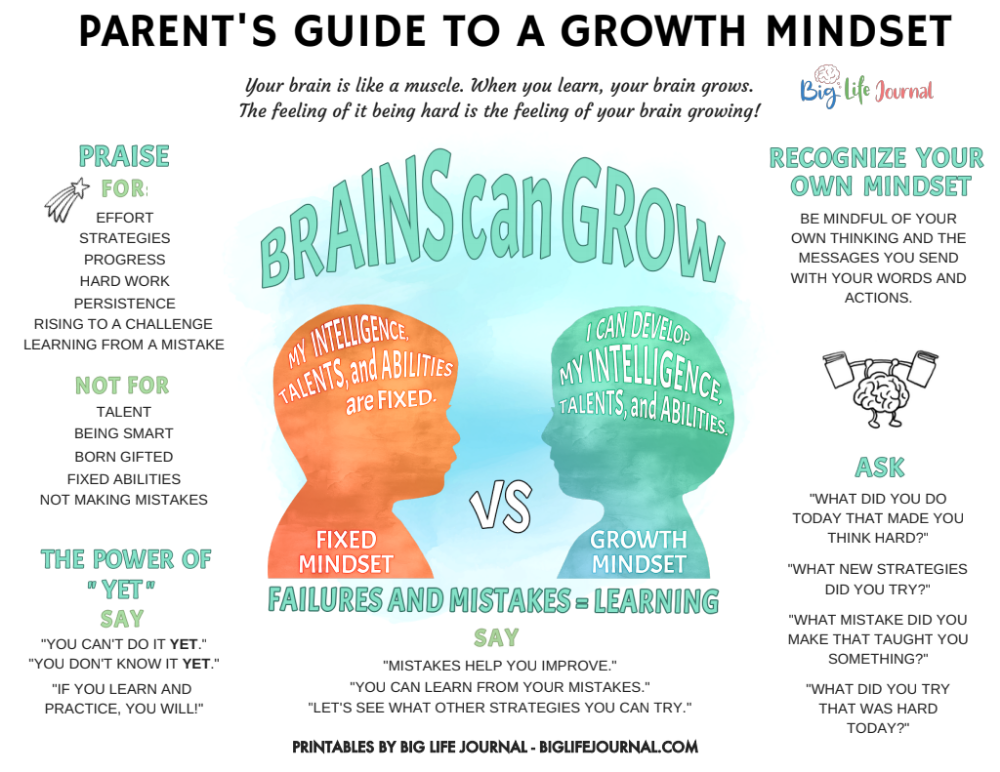
For more information about the power of language comprehension, see my friend Toni’s post “All about language comprehension: What it is and how it can help your child read.”
Give your child authentic writing tasks to help them find their voice and develop their sense of power
Kids are more motivated to write when they are writing for real purposes and real audiences and there is a potential for real impact.
Encourage your child to write for practical and useful purposes like helping create a grocery shopping list for the week; writing a get-well-soon card to a friend; writing an email to their teacher asking for clarification on an assignment; or writing a letter to an elected official calling for change. Heck, they can even follow the lead of adorable Dillon Helbig, an 8-year-old who wrote a book and self-published it by secretly stocking it on a shelf at his local library.
Kids need to understand the value and purpose of the actions of reading and writing; knowing the why helps them be more motivated to read and write themselves.

Writing can also have a huge psychological benefit for processing emotions. Encourage your child to keep a journal to work through and express their own thoughts and feelings. For young learners, this might be in the form of drawing pictures.
Literacy strategies for kids from birth through pre-K
Children in pre-K and younger are often called “preliterate.” This description is important because while they are not yet “literate,” they are engaging in many activities that establish a solid base for later independent reading and writing. Think of the following strategies as building blocks for future reading and writing success.
Read aloud to your child
Children’s understanding of language begins in the womb as they hear the rhythm of their mother’s speech. Infants mimic speech by making sounds, which are often effective communication tools to get them what they want. Toddlers start using words and pretty quickly they are stringing together complete sentences without ever having a single grammar lesson on sentence construction.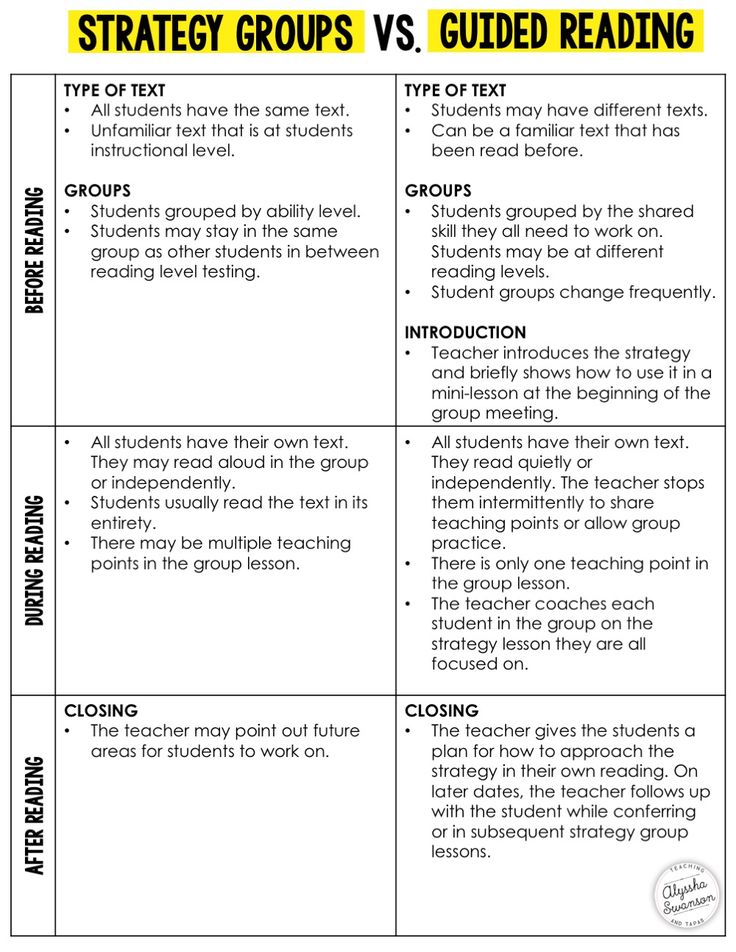 By observing and interacting with adults and other kids, children learn to speak in full sentences before they can read individual words printed on the page.
By observing and interacting with adults and other kids, children learn to speak in full sentences before they can read individual words printed on the page.
Instill a bedtime story routine, maybe with those library books you got on your kid’s favorite topics. Read aloud environmental print, too, like store signs and street names. Through read alouds, children expand their vocabulary, their knowledge about a topic or idea, and their understanding of sentence structures.
Draw on the print-rich environment at home
Children aren’t born knowing what letters and words are. It’s a conceptual understanding (also known as print awareness) that they build over time with help from adults.
One of the most obvious ways to build print awareness is to install a bookshelf in your kid’s bedroom and keep it stocked with books from the library. However, print exists in other forms besides books. Post your shopping or to-do list on the refrigerator for them to see.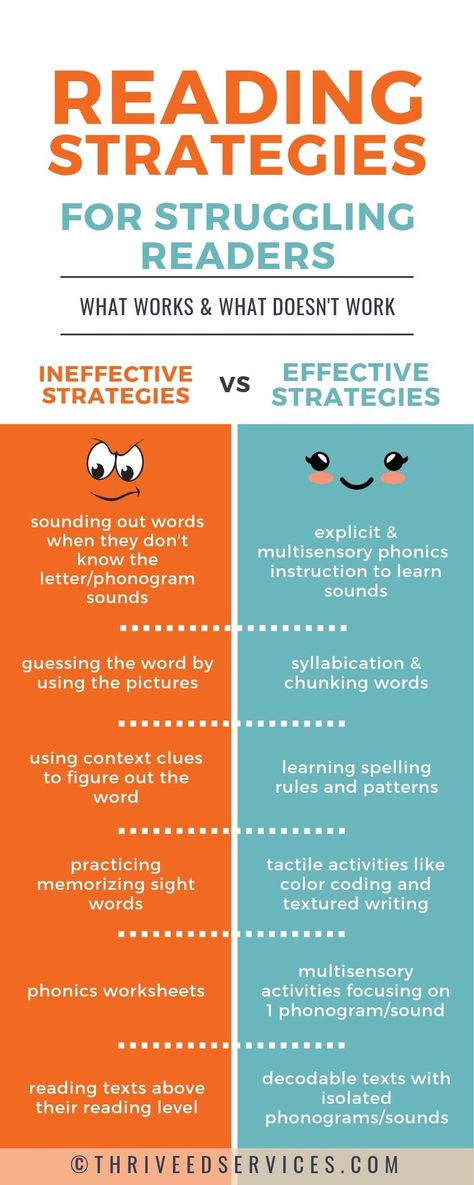 Use sticky notes to place labels on items in the child’s room and around the house. Get them a set of magnetic letters to rearrange on the fridge.
Use sticky notes to place labels on items in the child’s room and around the house. Get them a set of magnetic letters to rearrange on the fridge.
Surrounding kids with examples of printed texts sets the foundation for understanding the alphabetic principle.
Engage in art projects
Through drawing and painting, young kids develop the motor skills and physical stamina they need to eventually write words, sentences, and paragraphs. Having your kid practice drawing individual letters helps to establish the brain connections they need to later map sounds to letters and letter patterns when they are learning to read.
Instill a bedtime story routine […]. Read aloud environmental print, too, like store signs and street names.
Make sure your child has access to materials like paper, crayons, and finger paints. You can also get fun (and messy) by having them use their fingers to draw letters in salt or even pudding (the reward is pudding for dessert).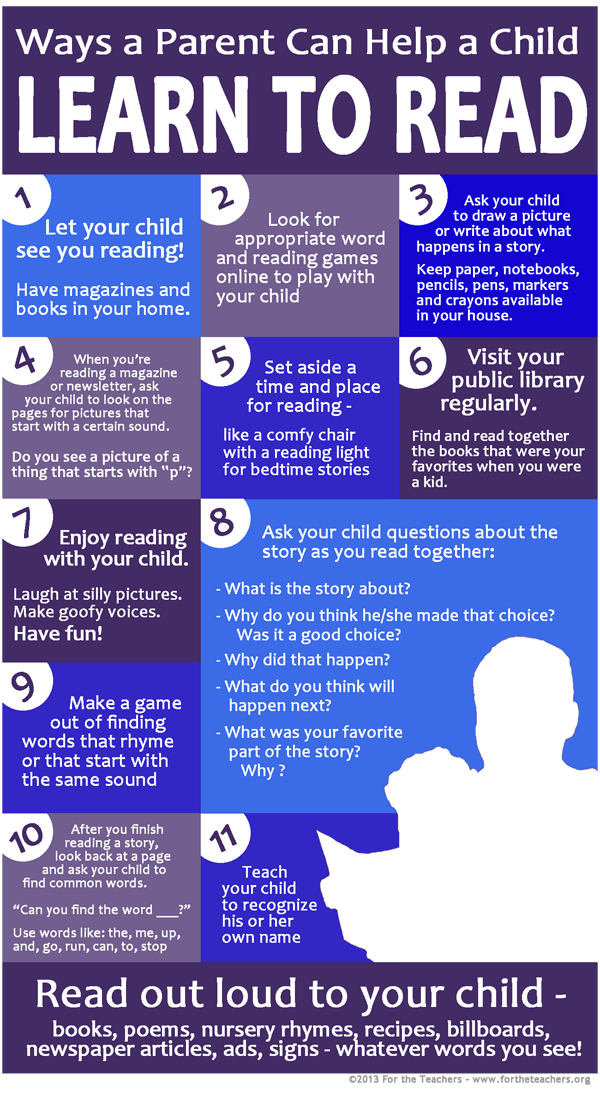 Let your and their imagination run wild!
Let your and their imagination run wild!
Strategies for kids in kindergarten through grade 2
Kids in these grades are actively learning how to read. They are developing their understanding of phonemic awareness (the individual sounds in words) and are learning to match those sounds with specific letters and letter patterns (also known as phonics) through the act of decoding. If you’re interested in more information about those two topics, the above links will take you to previously published blog posts about them. In the meantime, here are some easy activities to try at home.
Take turns reading aloud to each other
Students in this age group are likely bringing home decodable texts from school, which use the specific letter patterns they are learning at the time. Create a positive attitude toward reading by asking them to read these texts to you and praising them accordingly.
Continue to read above-grade-level books aloud to them, too.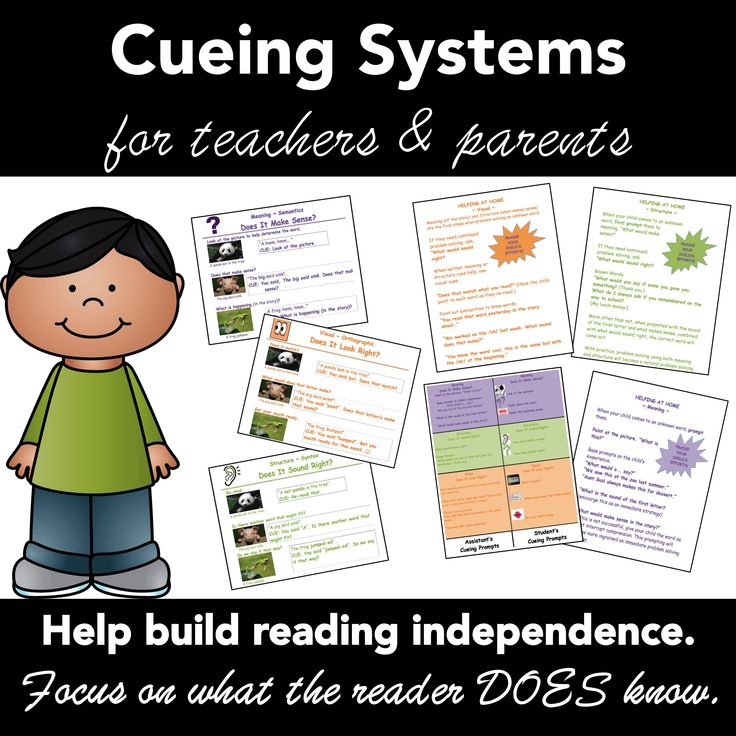 While kids this age may not be ready to read chapter books on their own, you can still build their understanding of vocabulary and language structures as well as strengthen their comprehension by reading more complex texts aloud to them.
While kids this age may not be ready to read chapter books on their own, you can still build their understanding of vocabulary and language structures as well as strengthen their comprehension by reading more complex texts aloud to them.
Ask them questions about what you read together
Asking questions serves not only to measure kids’ understanding of a text but also to deepen their understanding by helping them think more carefully about what they are reading (or listening to).
Ask kids questions that start with “who,” “what,” “when,” “where,” “how,” and “why.” Ask them to predict what will happen next and what in the text makes them think that. These questions help kids become active readers who are able to make connections in a text.
To learn more about reading comprehension, check out my friend Shiji’s post “A new spin on playing catch: Helping your child understand what they read.”
Play word games
Kids this age are doing a lot of word study at school.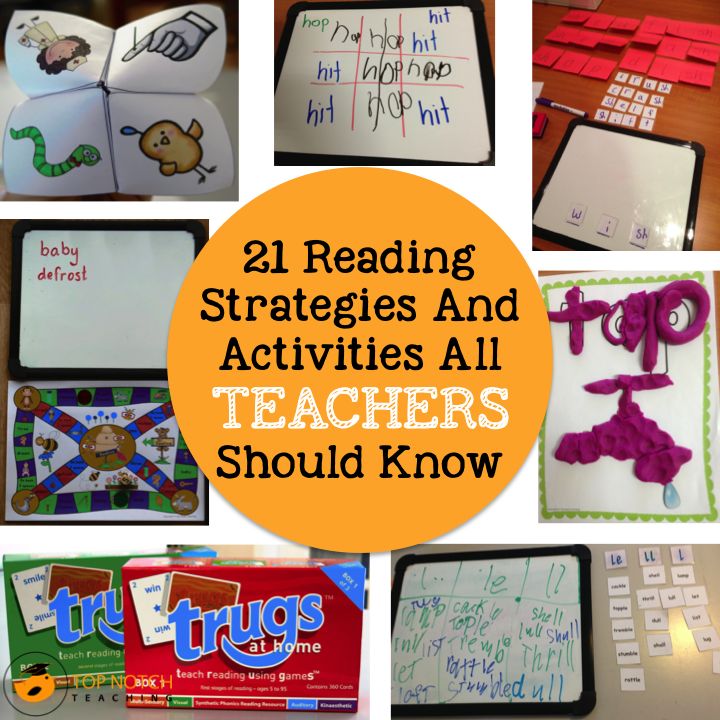 They’re learning to isolate the individual sounds in words and to blend individual sounds to form new words. They are learning how base (root) words, prefixes, and suffixes can help them understand the meaning of unfamiliar words.
They’re learning to isolate the individual sounds in words and to blend individual sounds to form new words. They are learning how base (root) words, prefixes, and suffixes can help them understand the meaning of unfamiliar words.
You can play rhyming games to support their learning of the connections between sounds and letters. You can have them dissect words for their different parts and associated meanings. You can introduce word construction games like Zingo Word Builder or sight word bingo.
Strategies for kids in grades 3 and above
For kids in this group, authenticity matters. They need to find real value in the reading and writing activities they’re engaging in. Also, if your kid is showing struggles with reading or writing, it’s important to reach out and stay in close contact with their teacher. They may need additional and targeted support with developing certain skills.
Listen to music, podcasts, and audiobooks together
While we might appreciate music, podcasts, and audiobooks through our sense of hearing, these formats all require a writer or team of writers to brainstorm, draft, and polish ideas in writing before hitting the record button. Share that information with your child, and enjoy these types of storytelling together.
Share that information with your child, and enjoy these types of storytelling together.
[I]f your kid is showing struggles with reading or writing, it’s important to reach out and stay in close contact with their teacher.
Discuss and analyze the lyrics to some of their favorite songs. Songwriters make interesting word choices and use inventive sentence structures. These provide ripe opportunity to discuss how language can be used for stylistic effect and to build vocabulary.
It seems like there is a podcast for every area of interest. Listening to podcasts builds listening comprehension and oral language skills. It also might spark students to create their own podcasts, which involves a lot of reading and writing. Scroll down to my last tip for useful links on creating podcasts.
If students struggle with reading fluently, it can help for them to follow along a book while listening to the audio version. For more information about and at-home tips for building reading fluency, check out my blog post “6 ways to help your child read fluently, cover to cover.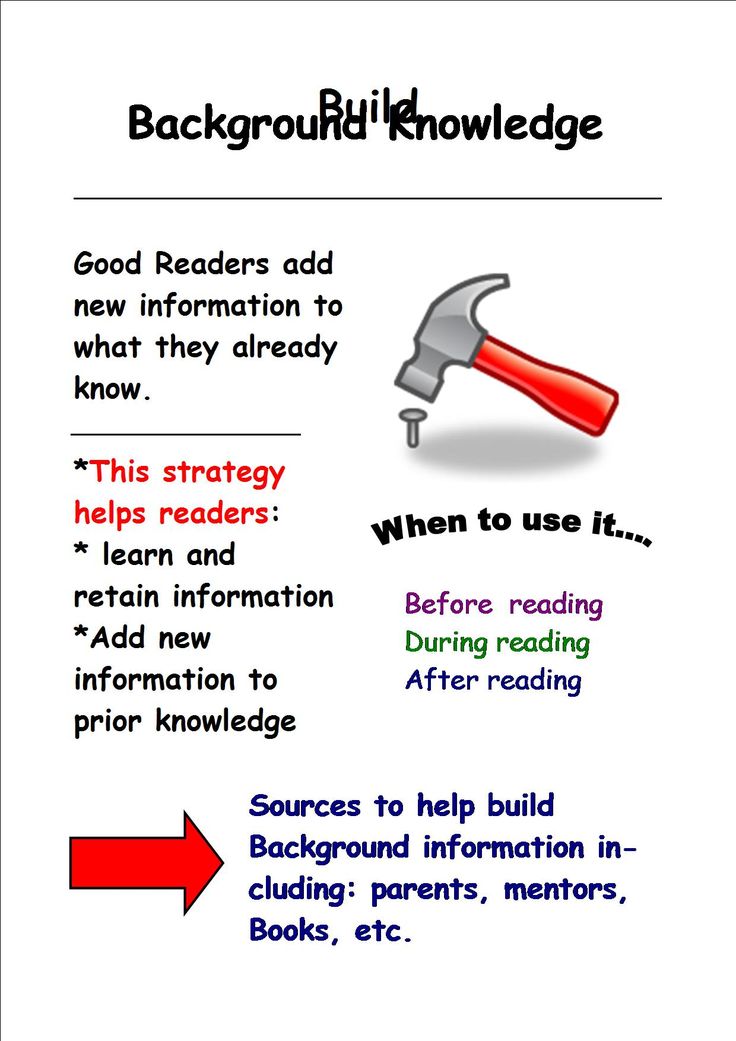 ”
”
Practice digital citizenship by evaluating the credibility of online information
In today’s world, readers are bombarded with misinformation, but it can be difficult to determine what information is credible. The organization Common Sense has a curated list of websites and apps that help kids develop their media literacy skills as responsible consumers and producers of content. News Literacy Project and Media Literacy Now also offer resources for families.
Younger kids will often start with identifying text genre and relating it to the author’s purpose before moving on to distinguishing fact from opinion by examining key clues, like the use of “loaded” phrases. With ongoing instruction and practice, older kids become more skilled at evaluating sources.
If your child has a social media account, help them understand that they are participating in an authentic media environment and that their posts are examples of real writing that can have a real influence on others.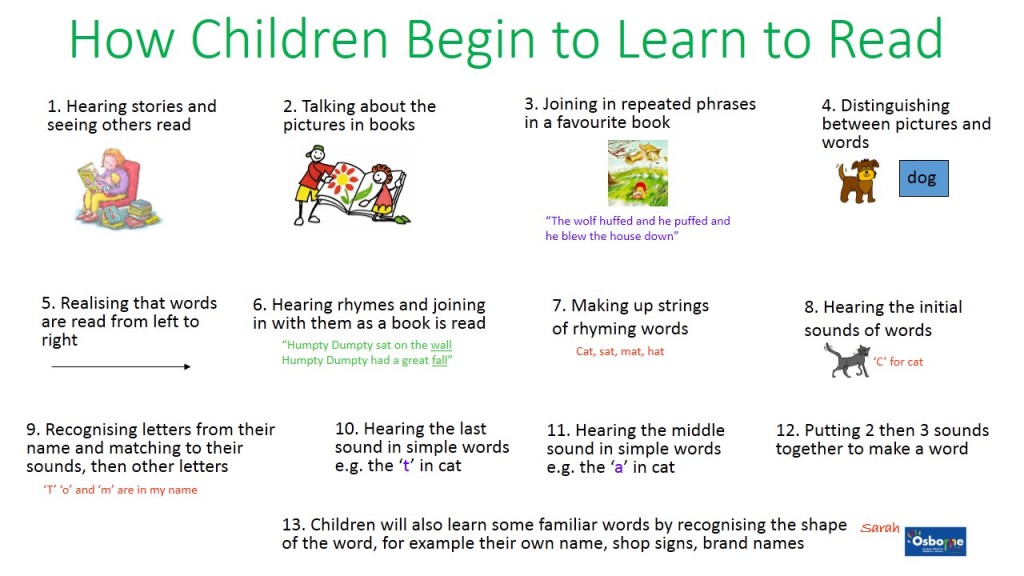 Asking them to evaluate their own posts or reposts through the same critical lens as other online sources can help reinforce this understanding.
Asking them to evaluate their own posts or reposts through the same critical lens as other online sources can help reinforce this understanding.
Encourage them to use digital tools to create new texts
“Real-world” writing today is digital writing. People use keyboards, computers, and other digital devices to translate their thoughts into sentences for an internet-connected audience to read. Your kids might already be using Google Docs on a regular basis to collaborate with their classmates. Technology also allows writers to embed multimodal elements to enhance their ideas, such as graphics, images, videos, audio clips, animation, and hyperlinks to other sources.
Ask your child to compose texts with digital tools so they can be better prepared for real-world writing and have the opportunity to geek out with technology they are drawn to. Check out this list of free multimedia tools your kid can tinker around with as they create new texts. Common Sense has another two lists of recommended websites and apps (with free and paid options), one specifically for making videos and animations and another for podcasting.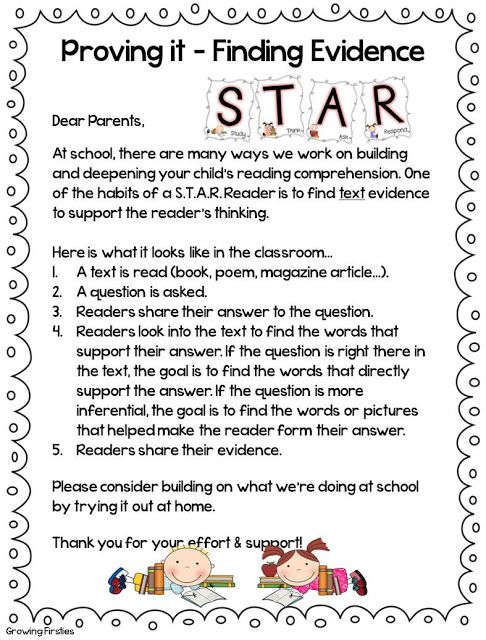 Kids’ creative potential is truly limitless here. And they can “publish” these texts for real audiences. For example, NPR runs a yearly student podcast challenge with real prize money!
Kids’ creative potential is truly limitless here. And they can “publish” these texts for real audiences. For example, NPR runs a yearly student podcast challenge with real prize money!
Putting these strategies into action
Reading and writing don’t take place only at school. They are essential activities in everyday life. And they involve skills that we develop over time with purposeful support from teachers.
Your official job title might not say “teacher,” but you are a huge influence in your child’s life—and that makes you a teacher. These family strategies for reading and writing don’t require special training, only that you and your child spend some quality time talking, reading, and writing together. You’ve got this!
11 Ways Parents Can Help Their Children Read
Parents often ask how they can help their children learn to read; and it’s no wonder that they’re interested in this essential skill. Reading plays an important role in later school success.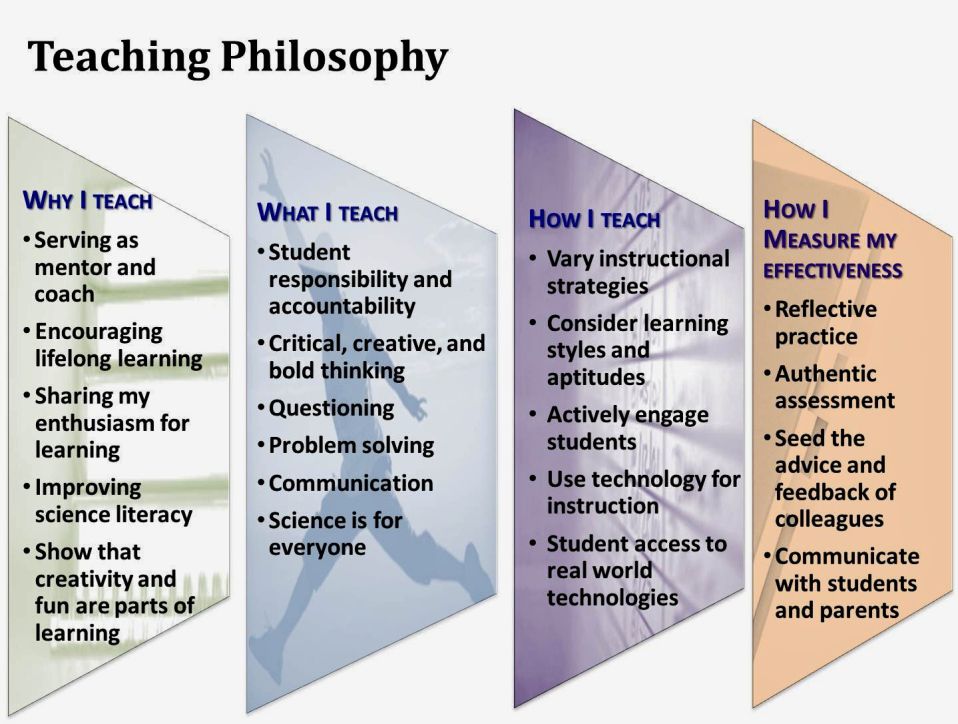 One study even demonstrates that how well 7-year-olds read predicts their income 35 years later!
One study even demonstrates that how well 7-year-olds read predicts their income 35 years later!
Here are 11 practical recommendations for helping preschoolers and school-age students learn to read.
1. Teaching reading will only help.
Sometimes, parents are told early teaching is harmful, but it isn’t true. You simply can’t introduce literacy too early. I started reading to my own children on the days they were each born! The “dangers of early teaching” has been a topic of study for more than 100 years, and no one has ever found any convincing evidence of harm. Moreover, there are hundreds of studies showing the benefits of reading to your children when they are young.
2. Teaching literacy isn’t different than teaching other skills.
You don’t need a Ph.D. to raise a happy, healthy, smart child. Parents have been doing it for thousands of years. Mothers and fathers successfully teach their kids to eat with a spoon, use a potty, keep their fingers out of their noses, and say “please.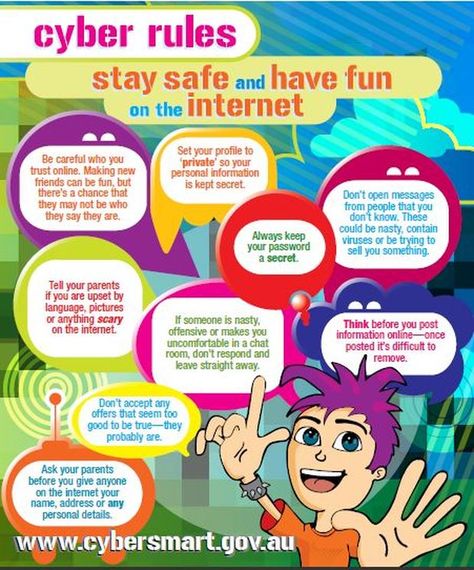 ” These things can be taught pleasantly, or they can be made into a painful chore. Being unpleasant (e.g. yelling, punishing, pressuring) doesn’t work, and it can be frustrating for everyone. This notion applies to teaching literacy, too. If you show your 18-month-old a book and she shows no interest, then put it away and come back to it later. If your child tries to write her name and ends up with a backwards “D,” no problem. No pressure. No hassle. You should enjoy the journey, and so should your child.
” These things can be taught pleasantly, or they can be made into a painful chore. Being unpleasant (e.g. yelling, punishing, pressuring) doesn’t work, and it can be frustrating for everyone. This notion applies to teaching literacy, too. If you show your 18-month-old a book and she shows no interest, then put it away and come back to it later. If your child tries to write her name and ends up with a backwards “D,” no problem. No pressure. No hassle. You should enjoy the journey, and so should your child.
3. Talk to your kids (a lot).
Last year, I spent lots of time with our brand new granddaughter, Emily. I drowned her in language. Although “just a baby,” I talked — and sang — to her about everything. I talked about her eyes, nose, ears, mouth, and fingers. I told her all about her family — her mom, dad, and older brother. I talked to her about whatever she did (yawning, sleeping, eating, burping). I talked to her so much that her parents thought I was nuts; she couldn’t possibly understand me yet.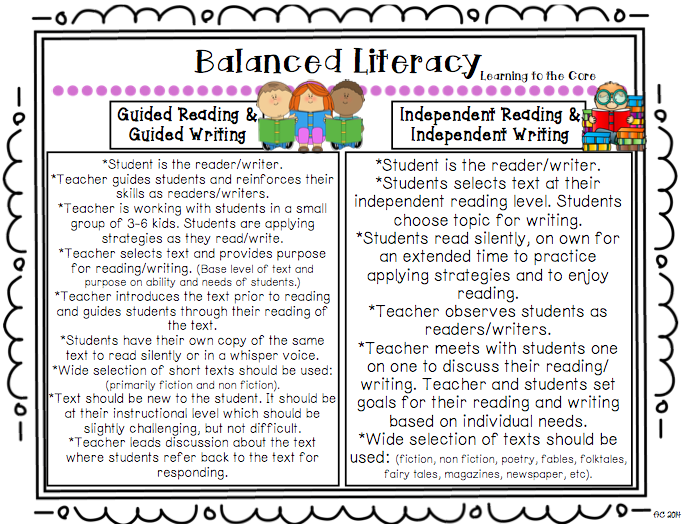 But reading is a language activity, and if you want to learn language, you’d better hear it, and eventually, speak it. Too many moms and dads feel a bit dopey talking to a baby or young child, but studies have shown that exposing your child to a variety of words helps in her development of literacy skills.
But reading is a language activity, and if you want to learn language, you’d better hear it, and eventually, speak it. Too many moms and dads feel a bit dopey talking to a baby or young child, but studies have shown that exposing your child to a variety of words helps in her development of literacy skills.
4. Read to your kids.
I know everyone says this, but it really is a good idea — at least with preschoolers. One of my colleagues refers to this advice as the “chicken soup” of reading education. We prescribe it for everything. (Does it help? It couldn’t hurt.) If a parent or caregiver can’t read or can’t read English, there are alternatives, such as using audiobooks; but for those who can, reading a book or story to a child is a great, easy way to advance literacy skills. Research shows benefits for kids as young as 9-months-old, and it could be effective even earlier than that. Reading to kids exposes them to richer vocabulary than they usually hear from the adults who speak to them, and can have positive impacts on their language, intelligence, and later literacy achievement.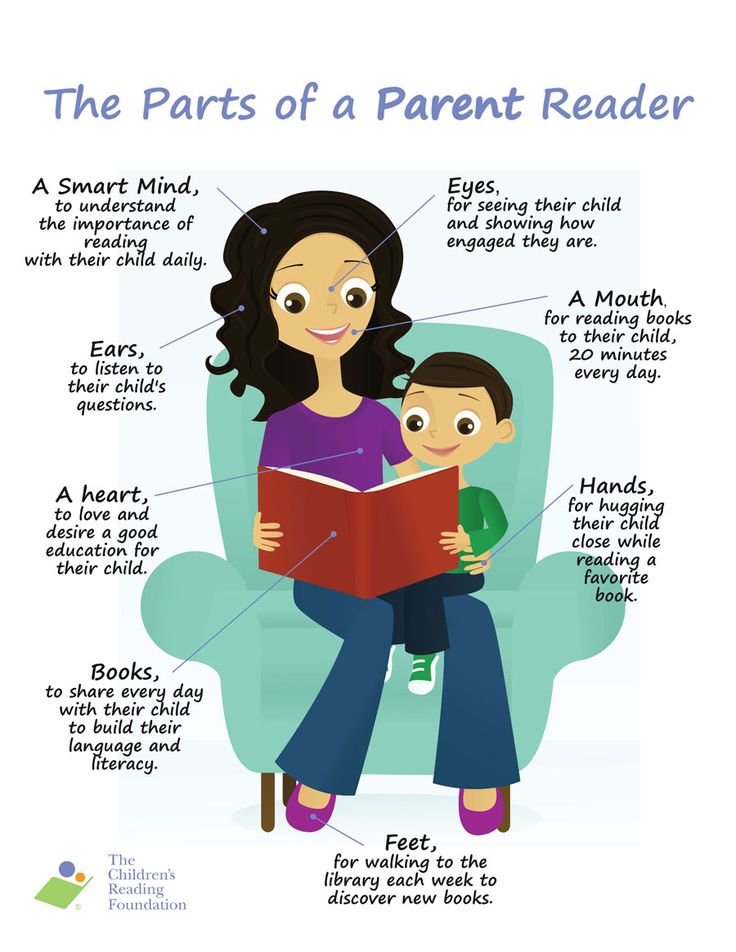 What should you read to them? There are so many wonderful children’s books. Visit your local library, and you can get an armful of adventure. You can find recommendations from kids at the Children’s Book Council website or at the International Literacy Association Children's Choices site. [Reading Rockets also provides guidance and lots of themed booklists in our Children's Books & Authors section.]
What should you read to them? There are so many wonderful children’s books. Visit your local library, and you can get an armful of adventure. You can find recommendations from kids at the Children’s Book Council website or at the International Literacy Association Children's Choices site. [Reading Rockets also provides guidance and lots of themed booklists in our Children's Books & Authors section.]
5. Have them tell you a “story.”
One great way to introduce kids to literacy is to take their dictation. Have them recount an experience or make up a story. We’re not talking “Moby Dick” here. A typical first story may be something like, “I like fish. I like my sister. I like grandpa.” Write it as it is being told, and then read it aloud. Point at the words when you read them, or point at them when your child is trying to read the story. Over time, with lots of rereading, don’t be surprised if your child starts to recognize words such as “I” or “like.” (As children learn some of the words, you can write them on cards and keep them in a “word bank” for your child, using them to review later.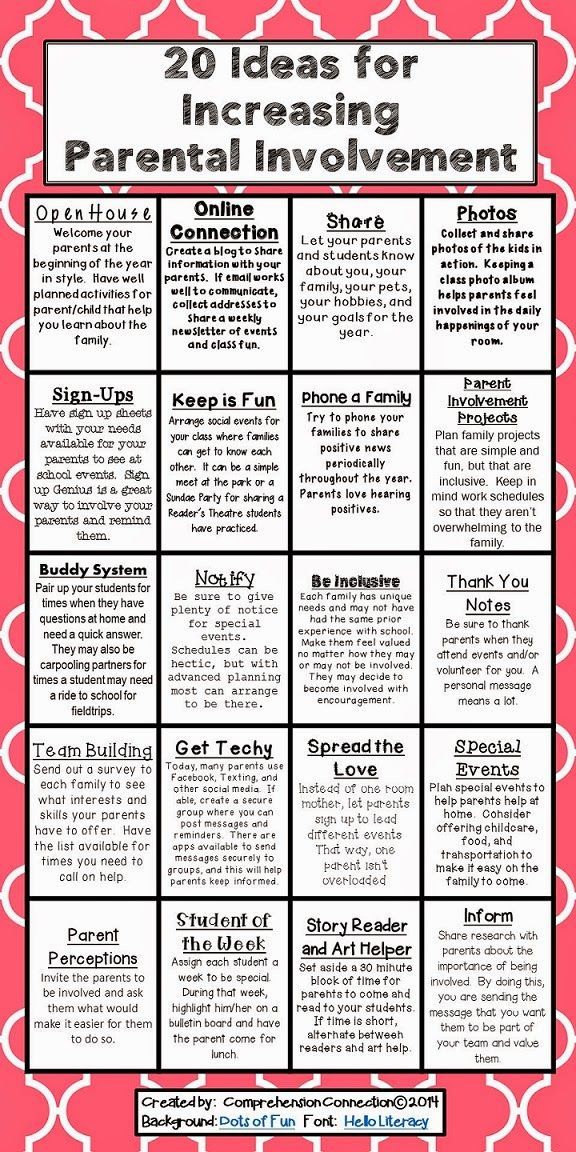 )
)
6. Teach phonemic awareness.
Young children don’t hear the sounds within words. Thus, they hear “dog,” but not the “duh”-“aw”- “guh.” To become readers, they have to learn to hear these sounds (or phonemes). Play language games with your child. For instance, say a word, perhaps her name, and then change it by one phoneme: Jen-Pen, Jen-Hen, Jen-Men. Or, just break a word apart: chair… ch-ch-ch-air. Follow this link to learn more about language development milestones in children.
7. Teach phonics (letter names and their sounds).
You can’t sound out words or write them without knowing the letter sounds. Most kindergartens teach the letters, and parents can teach them, too. I just checked a toy store website and found 282 products based on letter names and another 88 on letter sounds, including ABC books, charts, cards, blocks, magnet letters, floor mats, puzzles, lampshades, bed sheets, and programs for tablets and computers. You don’t need all of that (a pencil and paper are sufficient), but there is lots of support out there for parents to help kids learn these skills.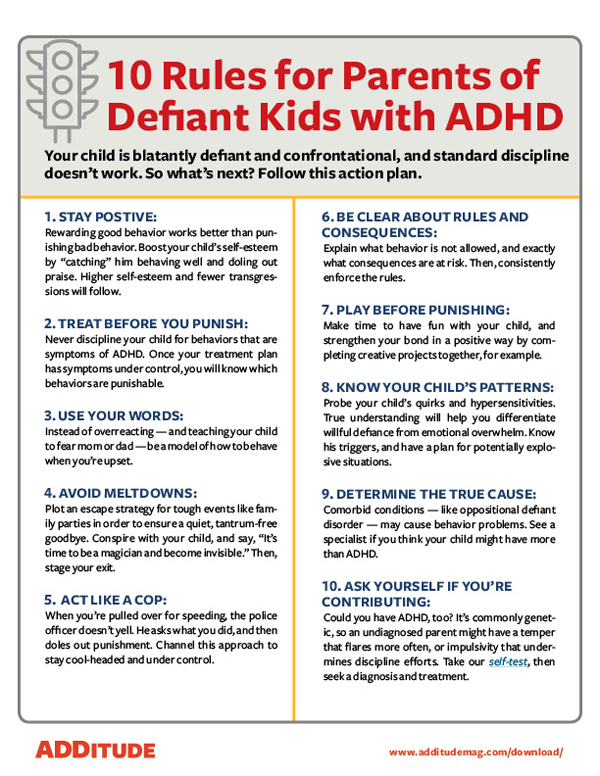 Keep the lessons brief and fun, no more than 5–10 minutes for young’uns. Understanding the different developmental stages of reading and writing skills will help to guide your lessons and expectations.
Keep the lessons brief and fun, no more than 5–10 minutes for young’uns. Understanding the different developmental stages of reading and writing skills will help to guide your lessons and expectations.
8. Listen to your child read.
When your child starts bringing books home from school, have her read to you. If it doesn’t sound good (mistakes, choppy reading), have her read it again. Or read it to her, and then have her try to read it herself. Studies show that this kind of repeated oral reading makes students better readers, even when it is done at home.
9. Promote writing.
Literacy involves reading and writing. Having books and magazines available for your child is a good idea, but it’s also helpful to have pencils, crayons, markers, and paper. Encourage your child to write. One way to do this is to write notes or short letters to her. It won’t be long before she is trying to write back to you.
10. Ask questions.
When your child reads, get her to retell the story or information.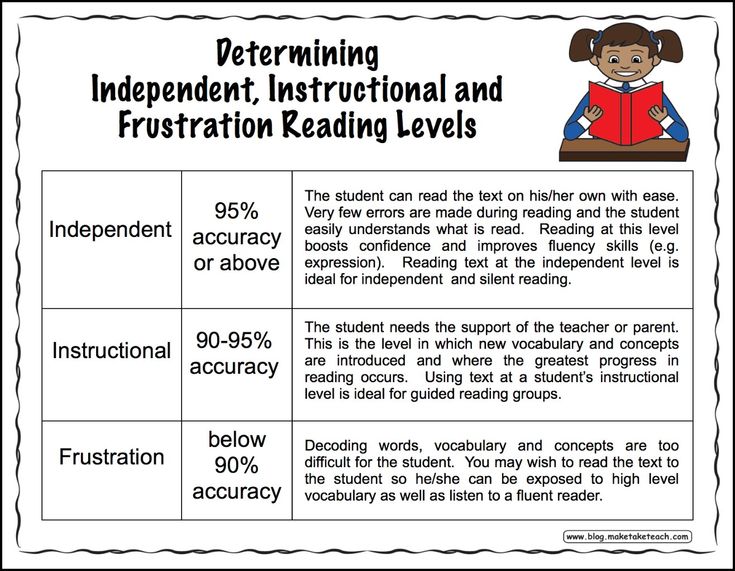 If it’s a story, ask who it was about and what happened. If it’s an informational text, have your child explain what it was about and how it worked, or what its parts were. Reading involves not just sounding out words, but thinking about and remembering ideas and events. Improving reading comprehension skills early will prepare her for subsequent success in more difficult texts.
If it’s a story, ask who it was about and what happened. If it’s an informational text, have your child explain what it was about and how it worked, or what its parts were. Reading involves not just sounding out words, but thinking about and remembering ideas and events. Improving reading comprehension skills early will prepare her for subsequent success in more difficult texts.
11. Make reading a regular activity in your home.
Make reading a part of your daily life, and kids will learn to love it. When I was nine years old, my mom made me stay in for a half-hour after lunch to read. She took me to the library to get books to kick off this new part of my life. It made me a lifelong reader. Set aside some time when everyone turns off the TV and the web and does nothing but read. Make it fun, too. When my children finished reading a book that had been made into a film, we’d make popcorn and watch the movie together. The point is to make reading a regular enjoyable part of your family routine.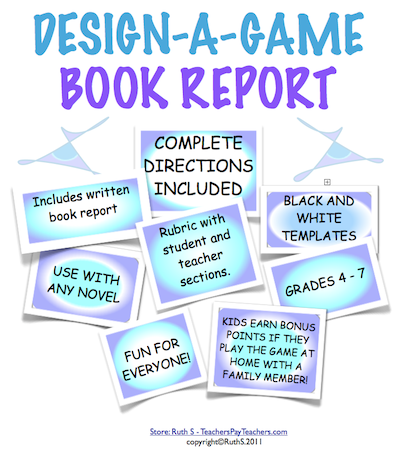
Happy reading!
Sources:
Ritchie, S.J., & Bates, T.C. (2013). Enduring links from childhood mathematics and reading achievement to adult socioeconomic status. Psychological Science, 24, 1301-1308.
Karass J., & Braungart-Rieker J. (2005). Effects of shared parent-infant reading on early language acquisition. Journal of Applied Developmental Psychology, 26, 133-148.
Doesn't like to read? 3 more tips to help parents
For many children, reading does not bring any pleasure and looks more like a heavy duty. If at the beginning of learning to read there were difficulties, for example, with the pronunciation of words or the rapid identification of individual letters and syllables, negative associations with the process may form. Even if the problems are resolved over time, these associations may persist for a long time, in some children until the end of elementary school.
“If your first attempts in any field turned out to be more unsuccessful than successful, then it is rather illogical to expect that you will quickly want to return to them.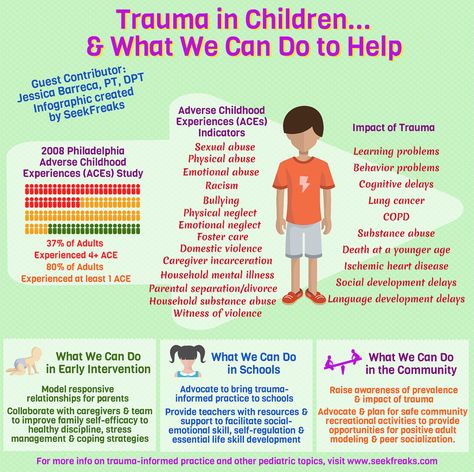 The same goes for reading,” says Peter Afflerbach, professor of reading at the University of Maryland. Of course, reading is useful - not only because it helps to expand vocabulary and gain new knowledge. It also helps to strengthen social ties, because what you read can be shared with friends, family members and teachers. However, it can be difficult to get kids to do things they just don't want to do. Do you have to resort to endless persuasion, trade or threats so that the child reads at least a couple of pages on his own? Here are three strategies that will definitely help.
The same goes for reading,” says Peter Afflerbach, professor of reading at the University of Maryland. Of course, reading is useful - not only because it helps to expand vocabulary and gain new knowledge. It also helps to strengthen social ties, because what you read can be shared with friends, family members and teachers. However, it can be difficult to get kids to do things they just don't want to do. Do you have to resort to endless persuasion, trade or threats so that the child reads at least a couple of pages on his own? Here are three strategies that will definitely help.
Read anything with letters
Reading is not only about books. Preschool magazines, blogs, comics, captions in funny videos, even audio books are all good forms of literature that can grab a child's attention and promote their literacy. Do not be afraid to let children read, for example, graphic novels or text memes: it is important that the reading process is started. Maybe texts from educational aids, children's fairy tales, or even books "by age" are really not interesting to him, but for sure there will be something that will interest him.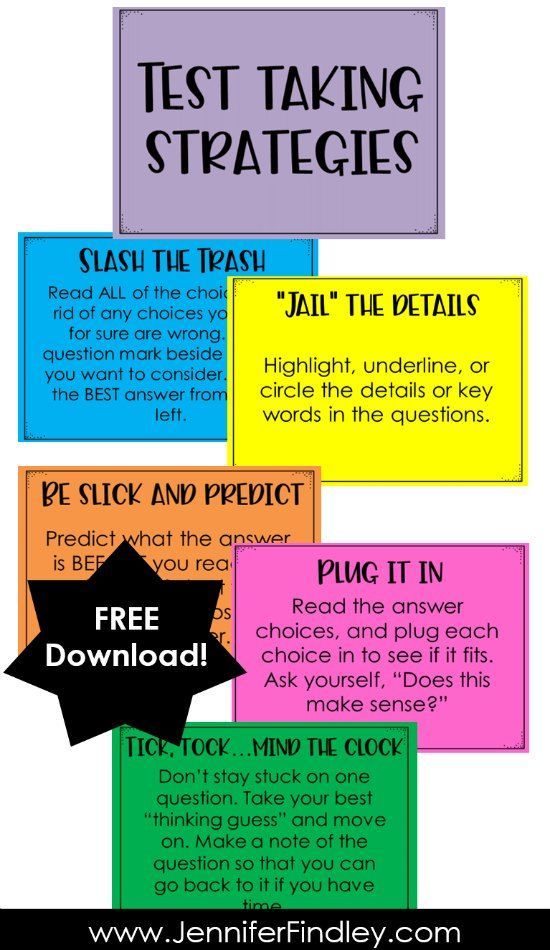 Observe what the child is interested in during this period: dinosaurs, complex construction sets, dolls, ponies, etc. - and find reading materials on this topic. If you don’t have them, create them yourself: publish a homemade magazine, draw comics with captions, write ads and notes on behalf of toys and your favorite characters.
Observe what the child is interested in during this period: dinosaurs, complex construction sets, dolls, ponies, etc. - and find reading materials on this topic. If you don’t have them, create them yourself: publish a homemade magazine, draw comics with captions, write ads and notes on behalf of toys and your favorite characters.
Make reading active
If your child is bored while reading, you can combine it with other activities to help engage the content. For example, in parallel, you can draw illustrations or sculpt heroes from plasticine. Focus on the topic of the book: for example, after reading something about plants or about gardening, you can plant something together in a garden or at home in a pot, about ships, which means you can find different origami schemes and fold paper boats. By the way, such joint activities will also strengthen the bond between you.
Older children can already be involved in more global tasks related to finding information (and, therefore, reading): for example, asking them to make a list of attractions for a family trip or choosing an interesting weekend activity.
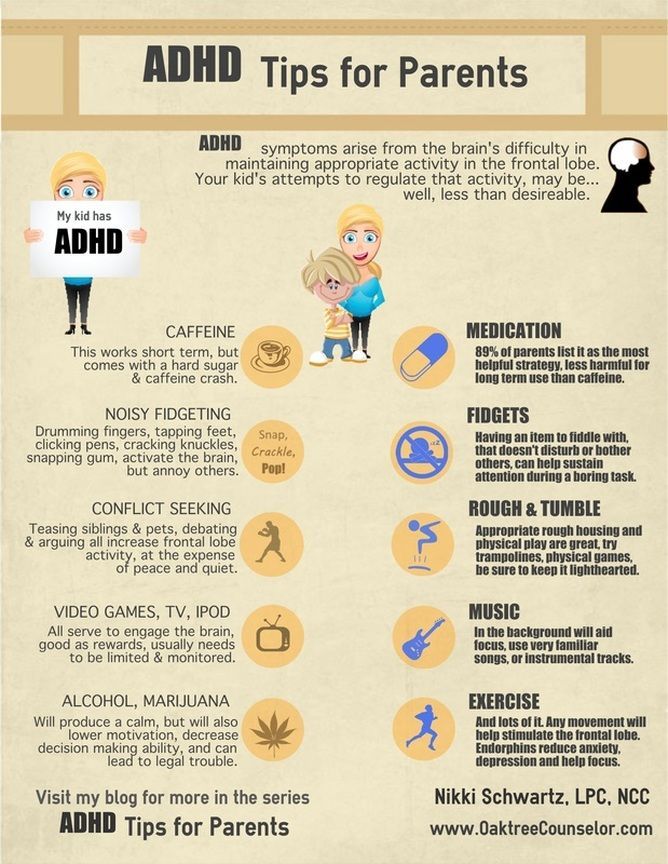
Engage helpers
Kindergarten teacher or elementary school teacher - someone who interacts regularly with the child and also has an idea of the specific difficulties he is facing. Among the factors influencing the lack of interest in reading, there are those related to emotional and physical health and directly to skills. The teacher will help determine what the difficulties are: perhaps it is phonemic hearing, vocabulary or text comprehension, reading technique, and purposefully work in this direction. By the way, you should also use the possibilities of libraries - the choice of books here is definitely more than at home, and you can also ask for advice on something that meets the interests of the child.
Read also:
How to discourage a child from reading. 5 mistakes moms and dads make
Why doesn't a child like to read? 6 reasons
Do children need to read fairy tales?
Photo: Shutterstock
book development
3 speech therapy strategies you can use at home
Discover 3 speech therapy strategies you can use at home to improve your children's speech.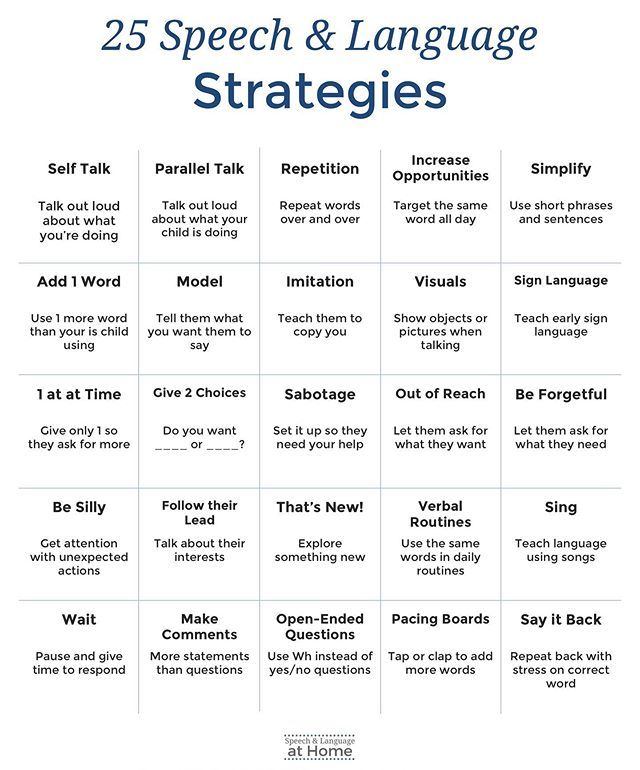
From the moment it became known that a child would appear in the family, life would change completely. You will automatically think about the needs of the child, about what he will need, how to give him time, give him the care and attention that he needs. After all, good parents really want their baby to be happy next to them.
In addition to all the things necessary for a comfortable stay with a child, parents should take care of their proper upbringing. This means that father and mother must have common views on the upbringing and education of the child, otherwise it will be very difficult to work in a team, and the child will not be able to learn respect, trust and gain self-confidence.
With regard to schooling, parents should agree with each other on the choice of methods of upbringing, education and a school that will help the child determine the future educational direction. However, at the different stages a child goes through, parents may have to deal with unplanned situations. It is important that relatives make joint efforts to solve various problems associated with their “child”.
It is important that relatives make joint efforts to solve various problems associated with their “child”.
One of the unforeseen problems that may arise as a child grows up is that he may have difficulty starting to speak, or may not speak correctly, or there may be problems understanding words or articulating language. In this case, you will have to ask for a consultation with a pediatrician or speech therapist to determine whether the child has speech disorders and whether he needs professional help, or whether he develops normally and will overcome shortcomings in speech development over time.
It may be too early to tell if the child really has speech problems. At this time, the specialist may recommend some speech therapy strategies, and if the child is not able to gradually improve their ability to speak, speech therapy techniques are not working. Then you need to re-contact a specialist and continue classes. Thus, the child learns to speak and improves his speech development with the help of a speech therapist and professional speech therapy strategies that he offers.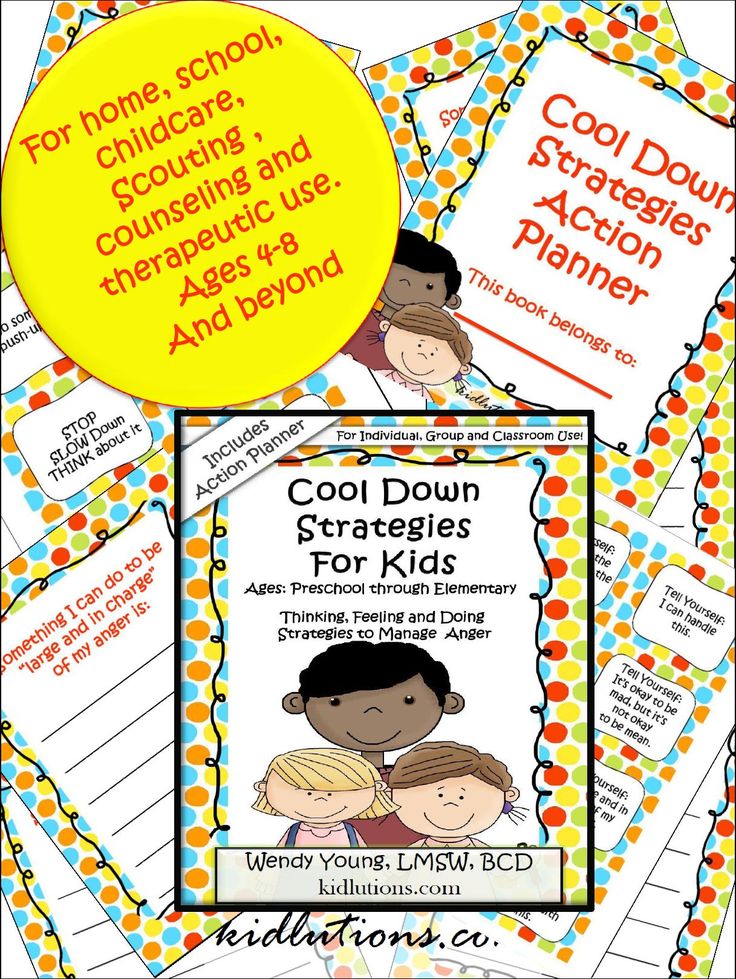
Discover three speech therapy strategies you can use at home to help your child start talking.
Content
- Always talk to your child like an adult
- Help him pronounce words correctly
- Active conversations
Many parents, family members, friends and acquaintances tend to talk to young children in a different way: either higher voice timbre, either slower or excessive use of diminutive forms of words or nicknames. This can be a problem for many children because it creates confusion and they don't know if they should use the language and words themselves in their conversations with classmates or teachers.
Therefore, it is best to talk to your child as if you were talking to any other adult for whom you feel affection and respect. Thus, you can soften some words, use nicknames and sometimes diminutive suffixes, but you should avoid using a higher timbre of voice and words exclusively for young children, because the child learns to speak and copies everything he hears and this can prevent him from developing speech and speaking well.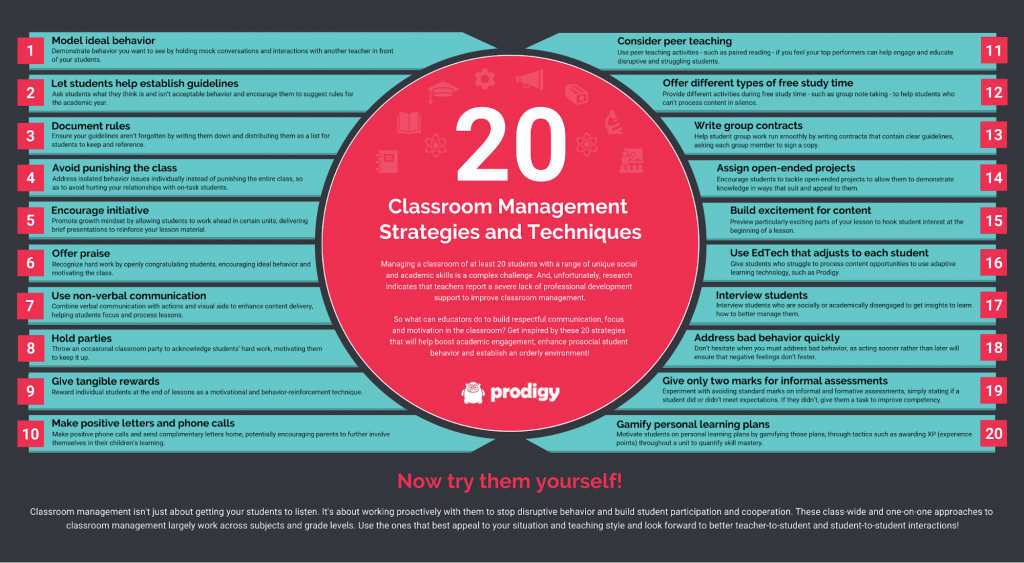
Help him pronounce words correctly
When children learn to speak, they usually say part of a word, not the whole word. Even if you understand him, advise him to learn how to pronounce the words correctly, otherwise he may think that he pronounces it correctly and will not improve the pronunciation of this word.
It is important that adults always pronounce words correctly, do not adapt to the manner of speech of the child, be an example for him and always speak correctly, then the child will pronounce words correctly.
Active conversations
One way to help your child focus during a conversation is to show that you are listening when he talks. If the baby says something and you ignore him, then do not be surprised that the child will also not pay attention to you when you want to say something.
This can directly affect language comprehension and the ability to have an active conversation. Therefore, you should always be an example for children and show them how you can conduct conversations, focusing all your attention on the interlocutor in order to understand what he is saying and competently respond to him.